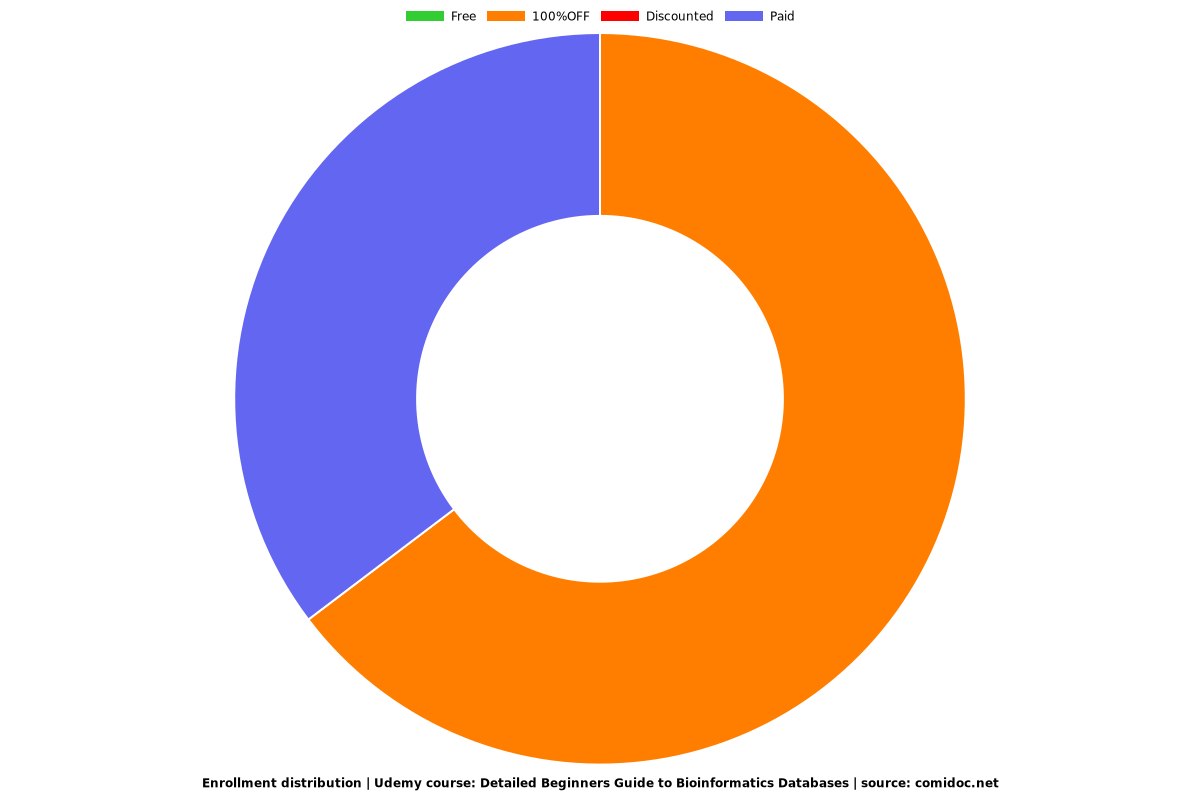Detailed Beginners Guide to Bioinformatics Databases
Complete Guide of Databases Used in Bioinformatics along with their utilization and annotation
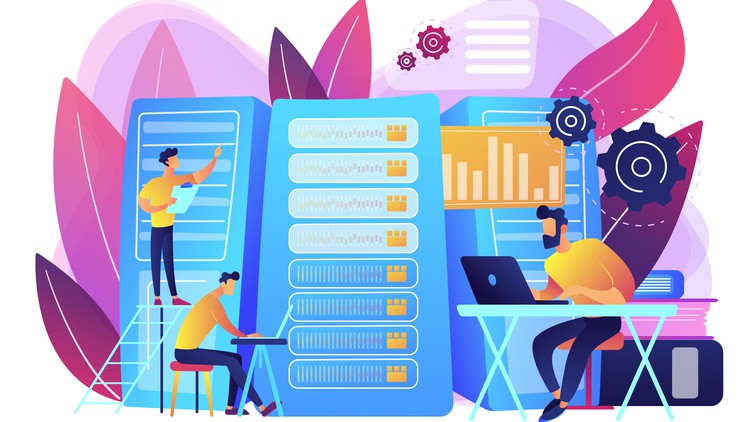
What you will learn
Different databases used in bioinformatics
Whole Concept of Databases
They will be able to use and know different categories of sub-databases of NCBI.
Plant Genome Databases
Primary Databases in Bioinformatics
Secondary Databases in Bioinformatics
Why take this course?
What is bioinformatics ?
In biology, bioinformatics is defined as, “the use of computer to store, retrieve, analyze or predict the composition or structure of bio-molecules” . Bioinformatics is the application of computational techniques and information technology to the organization and management of biological data. Classical bioinformatics deals primarily with sequence analysis.
Aims of bioinformatics
Development of database containing all biological information.
Development of better tools for data designing, annotation and mining.
Design and development of drugs by using simulation software.
Design and development of software tools for protein structure prediction function, annotation and docking analysis.
Creation and development of software to improve tools for analyzing sequences for their function and similarity with other sequences
Biological databases
Biological data are complex, exception-ridden, vast, and incomplete. Therefore several databases have been created and interpreted to ensure unambiguous results. A collection of biological data arranged in a computer-readable form that enhances the speed of search and retrieval and convenient to use is called a biological database. A good database must have updated information.
Importance of biological database
A range of information like biological sequences, structures, binding sites, metabolic interactions, molecular action, functional relationships, protein families, motifs and homologous can be retrieved by using biological databases. The main purpose of a biological database is to store and manage biological data and information in computer readable forms.
In this course we learned about the different biological databases that are being used in bioinformatics and get to know a little bit about their details. Mainly these databases are divided into four categories and we learned about them base by base. And explained the difference among the primary and secondary database and explained their utilization in bioinformatics.
This course will be extremely helpful to students of data analyst and bioinformaticians because they use the databases a lot in their work.
If you guys have any questions or suggestions please let me know in instructor inbox I’ll try to answer all of your questions within 12 hours.
Screenshots
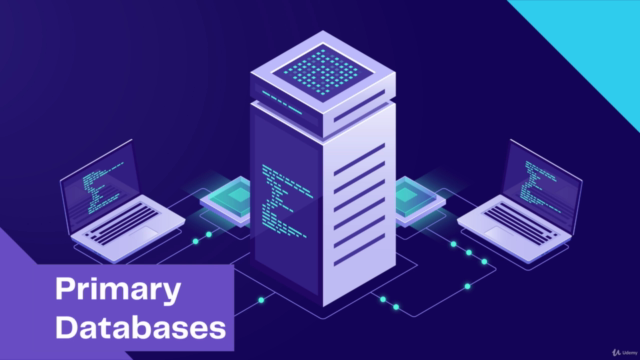



Reviews
Charts
Price
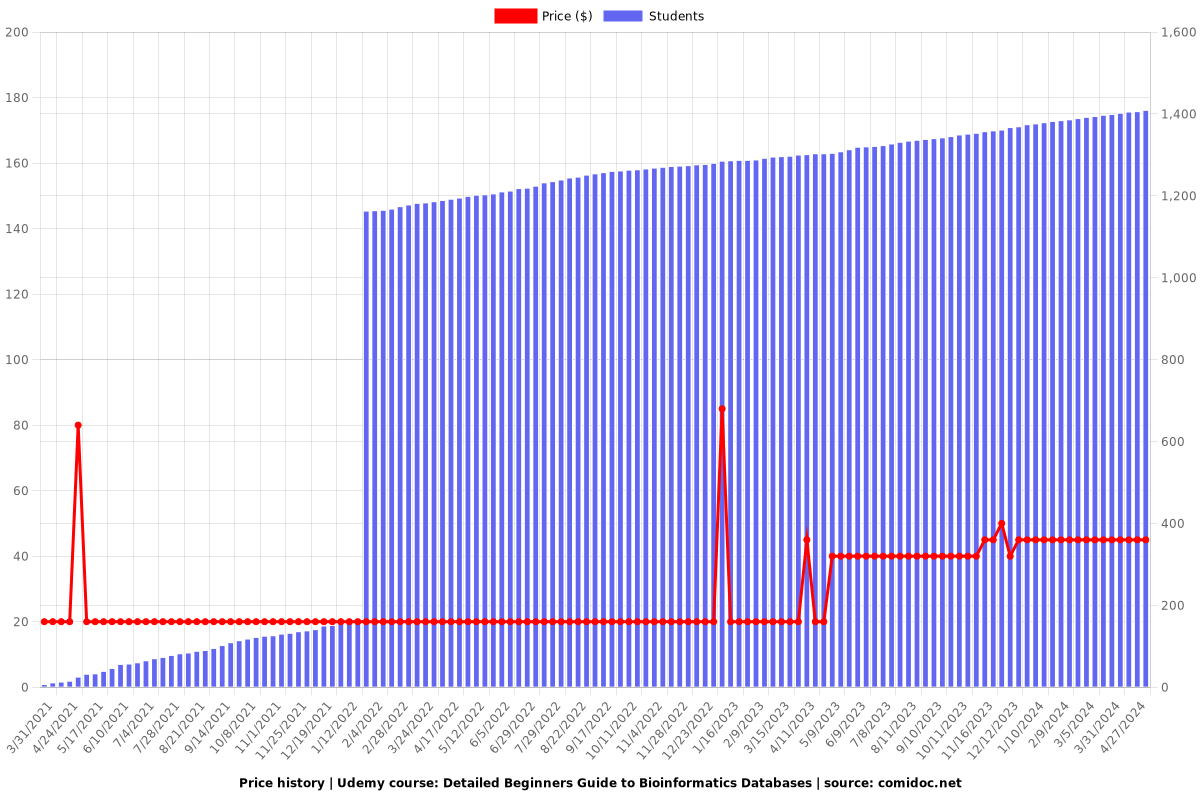
Rating
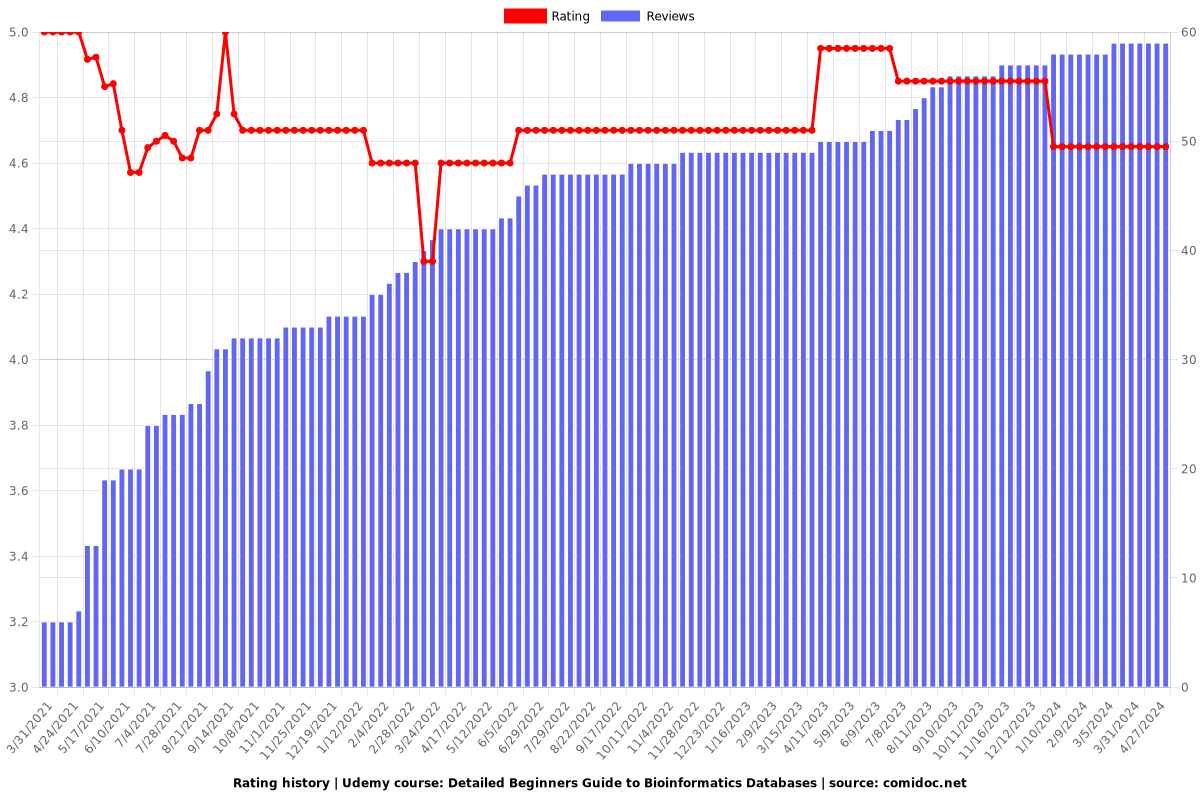
Enrollment distribution
